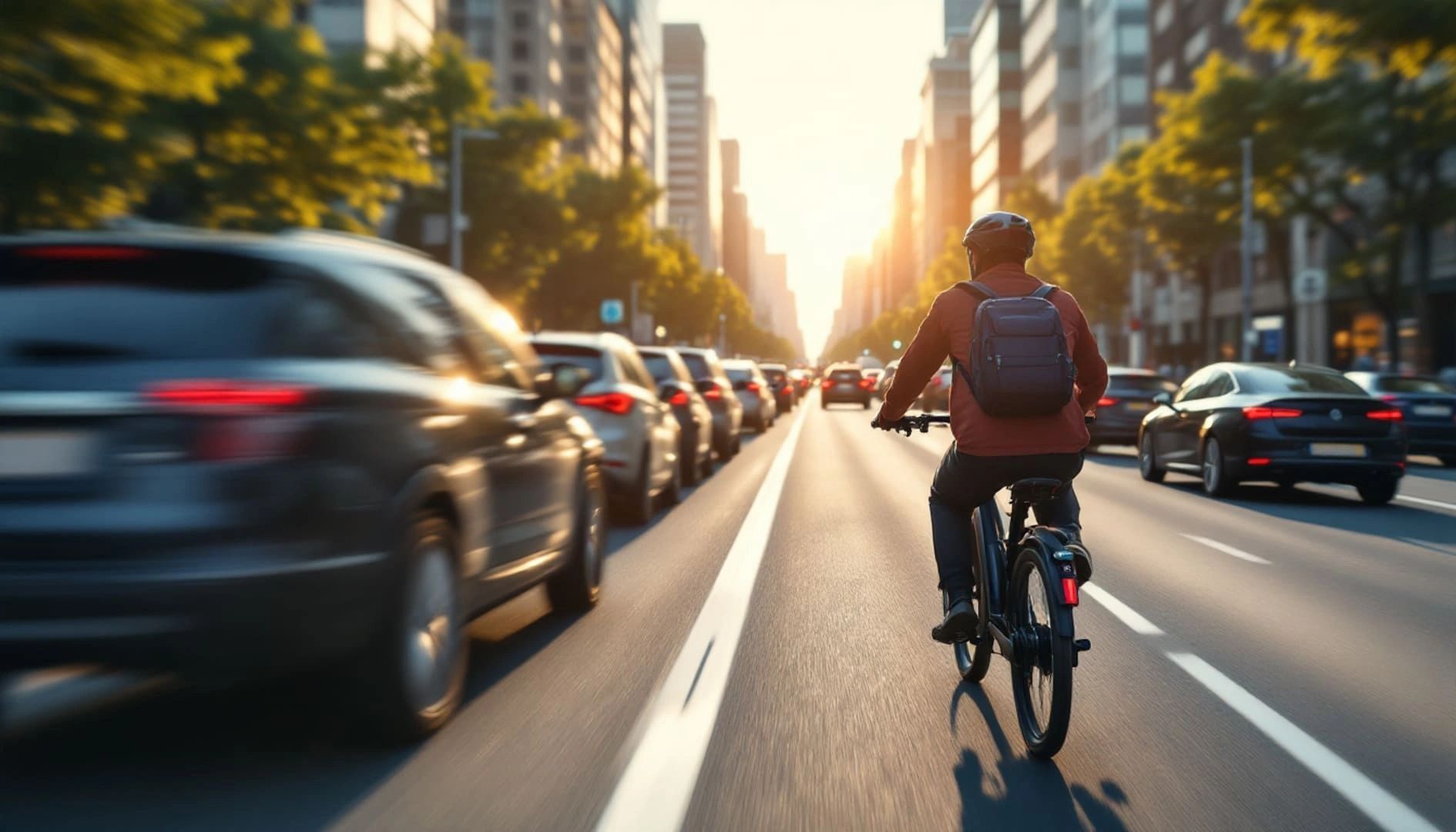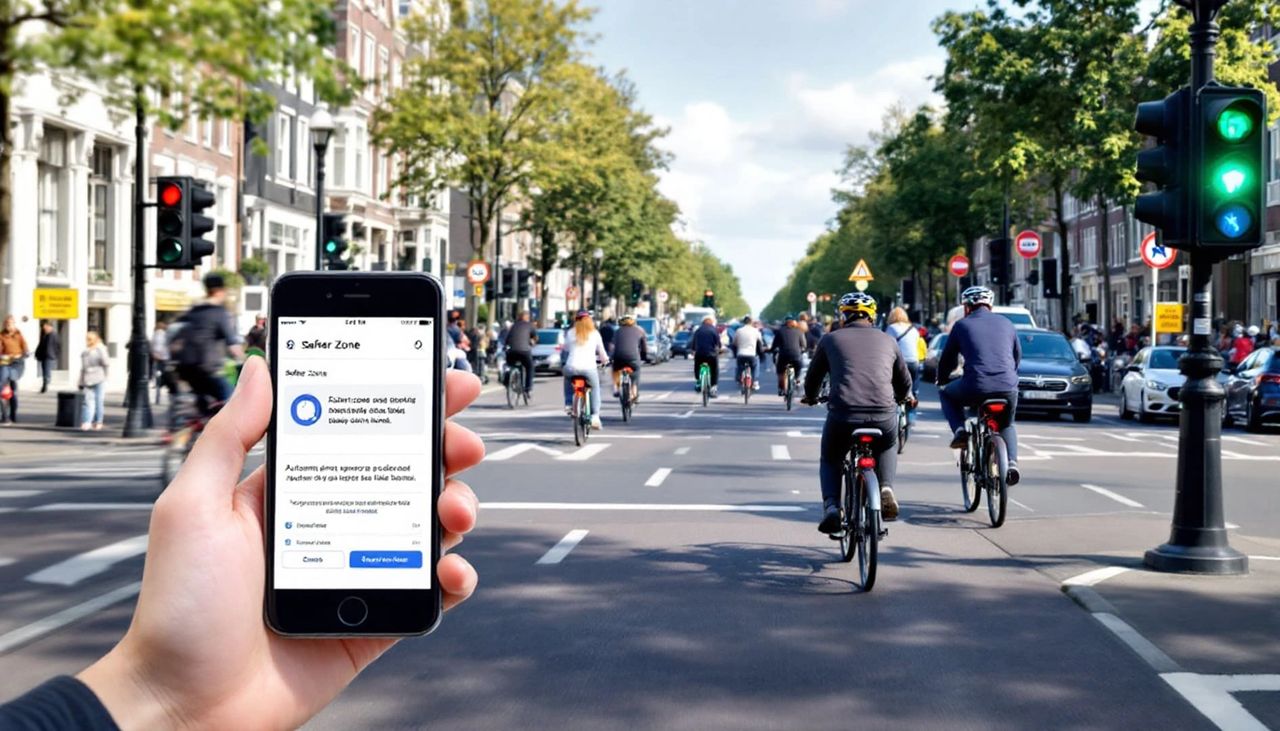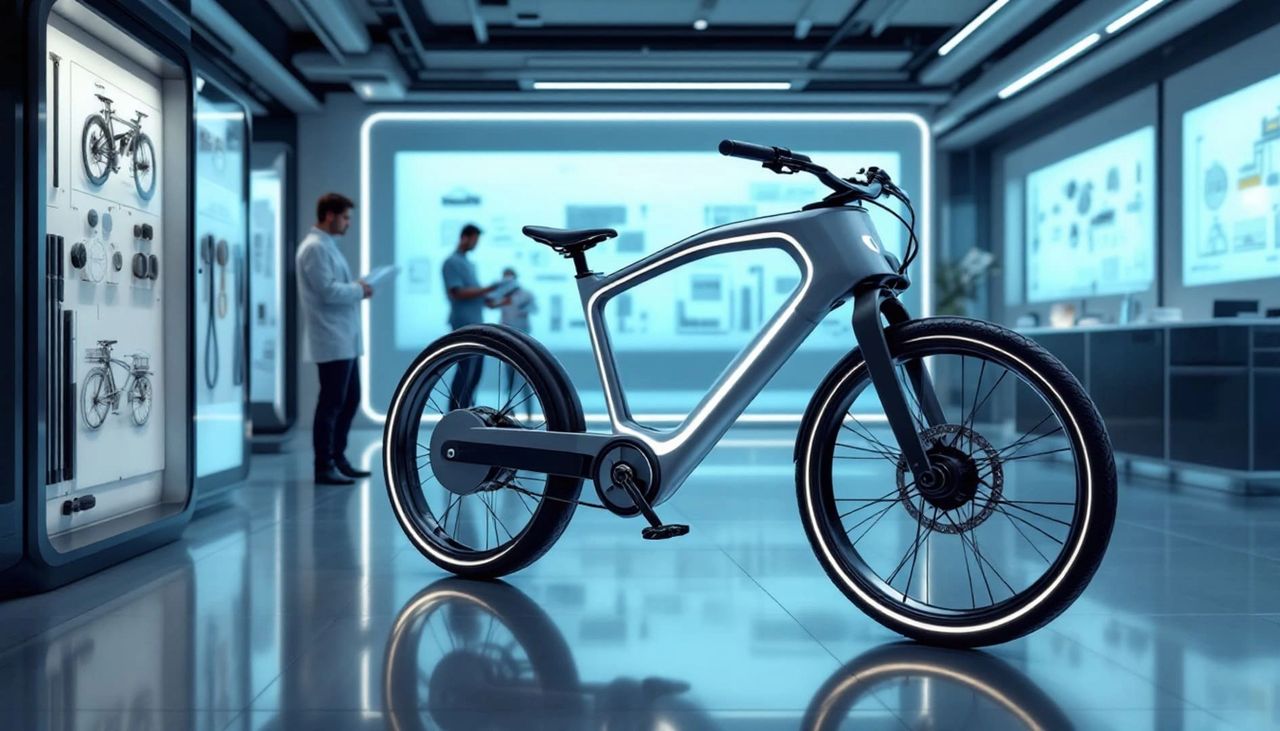.jpg/:/cr=t:0%25,l:0%25,w:100%25,h:100%25/rs=w:1280)
Urban areas worldwide are grappling with the challenges of traffic congestion, which costs billions in lost productivity and contributes significantly to air pollution. E-bikes are emerging as a practical solution to these issues, offering a faster, greener alternative to traditional vehicles.
1. Why E-Bikes Are Ideal for Urban Travel
E-bikes are uniquely suited to urban environments, where short commutes dominate daily transportation needs. With pedal-assist technology, riders can navigate congested streets and bypass gridlocked traffic using bike lanes, significantly reducing travel time.
2. Replacing Car Trips
Studies show that a large percentage of car trips in cities cover distances under five miles. E-bikes provide a convenient alternative for these short trips, decreasing the number of cars on the road. This shift not only eases congestion but also reduces parking demand.
3. Integration with Public Transit
E-bikes are increasingly integrated into public transportation systems, offering last-mile connectivity for commuters. Riders can easily combine e-bikes with trains or buses, creating a seamless travel experience that reduces car dependency.
4. Benefits for Delivery Services
Urban delivery services are also adopting e-bikes to streamline operations. Their ability to maneuver through traffic and access restricted areas makes them a more efficient choice for last-mile logistics.
5. Encouraging Adoption Through Policy
Cities are promoting e-bike adoption through subsidies, improved infrastructure, and dedicated bike lanes. For example, cities like Amsterdam and Copenhagen have invested heavily in cycling infrastructure, setting a global benchmark for e-bike-friendly urban design.
6. The Environmental Impact
By replacing car trips, e-bikes contribute to cleaner air and lower greenhouse gas emissions. As cities strive to meet sustainability goals, e-bikes are becoming a cornerstone of eco-friendly urban mobility.
E-bikes offer a scalable, sustainable solution to the growing problem of traffic congestion. By embracing this technology, cities can create more efficient, livable urban environments while reducing their carbon footprint.








Leave a Reply